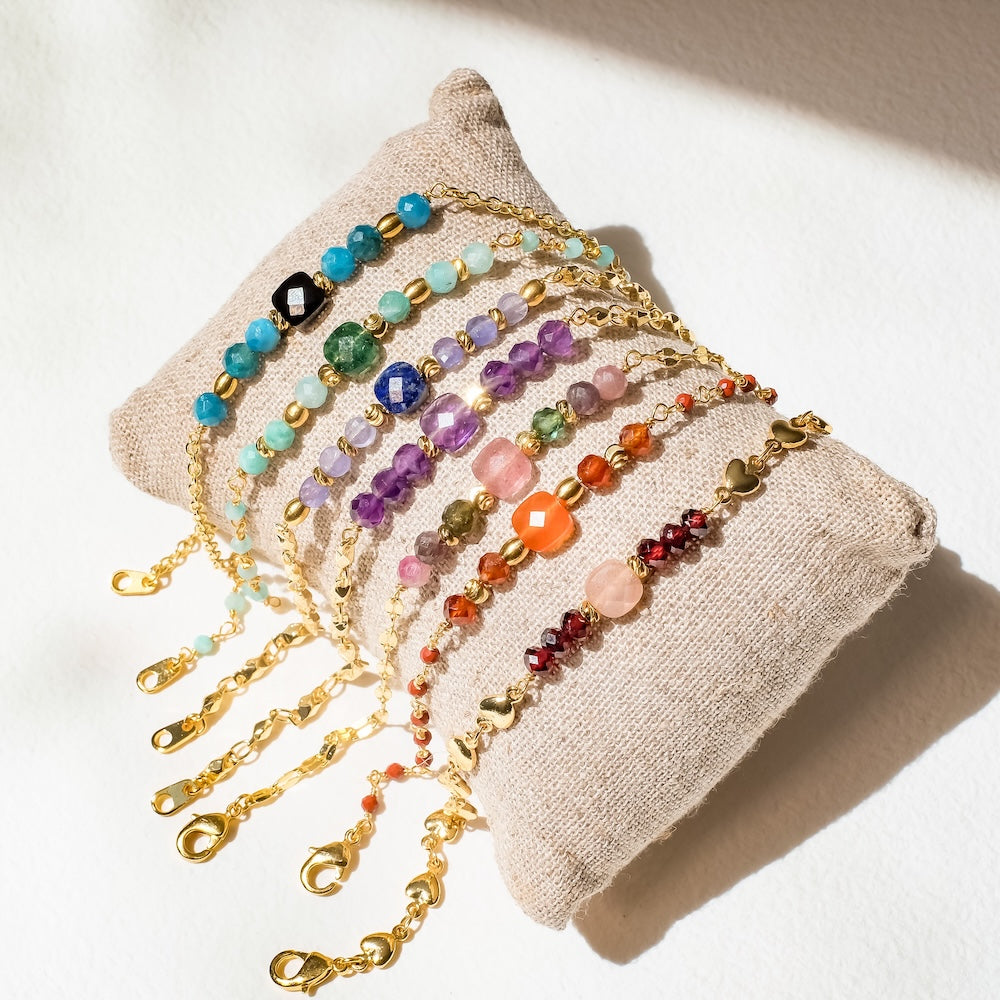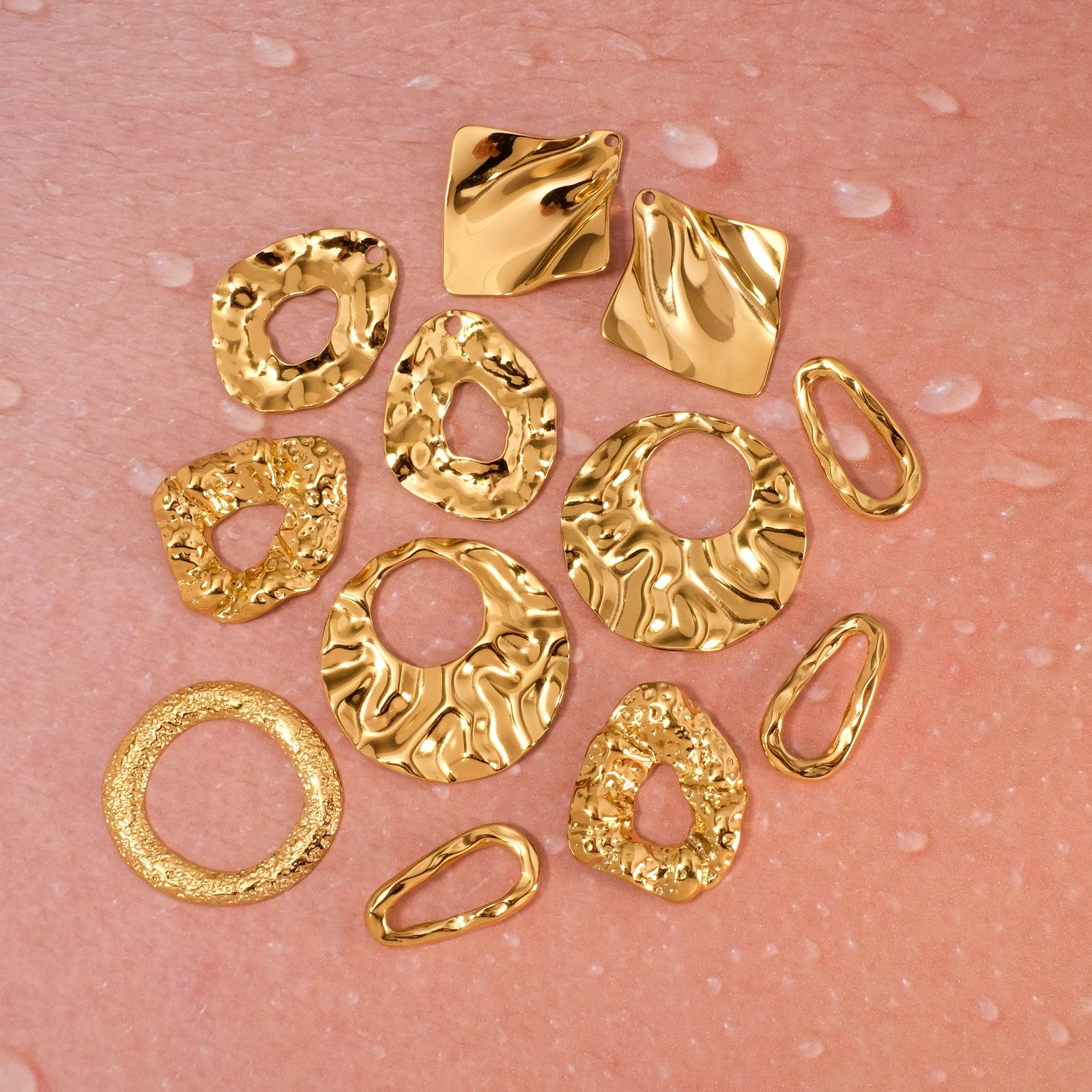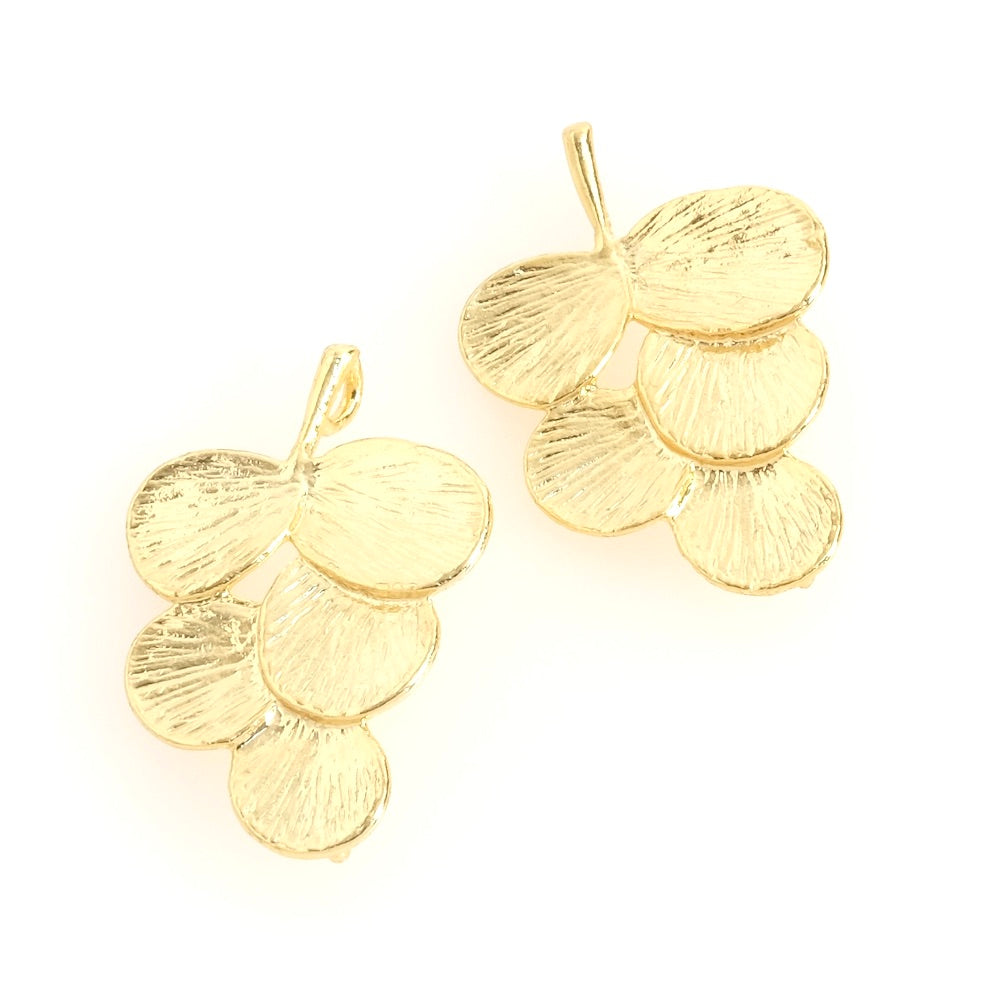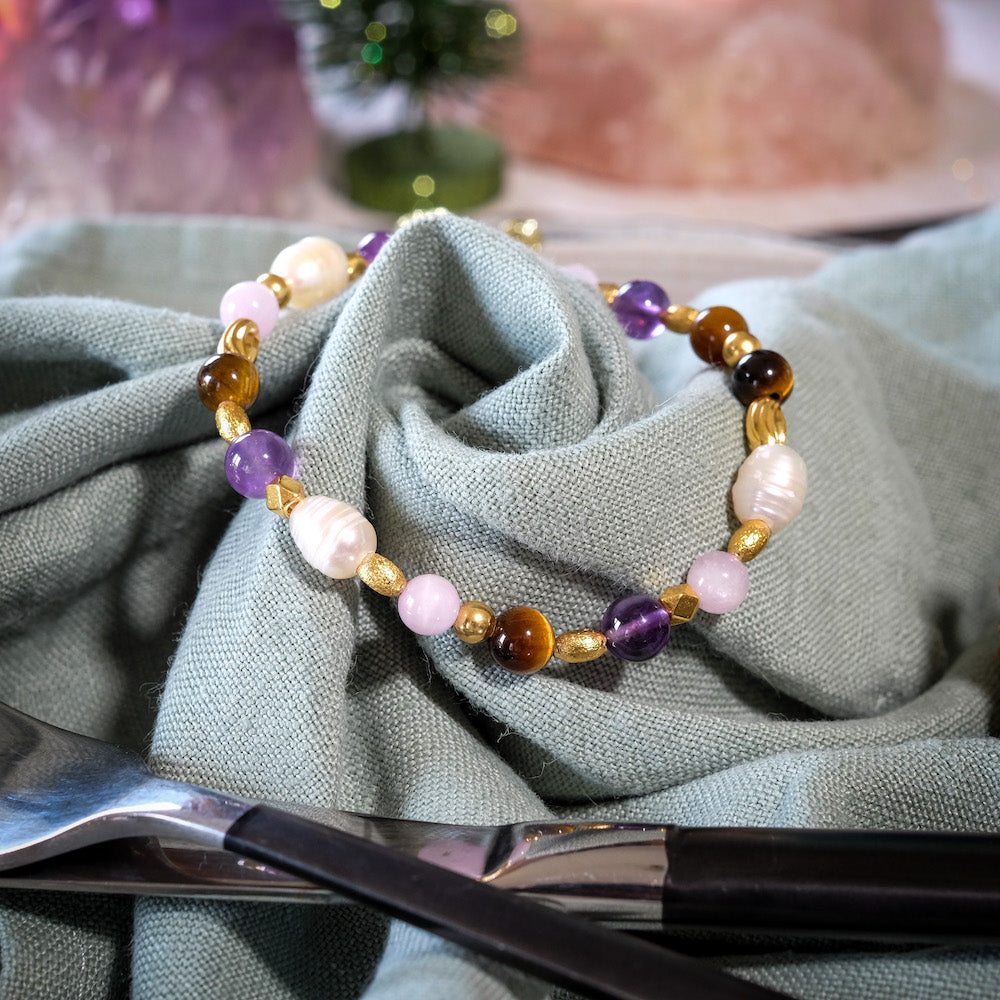Welcome to the fascinating world of jewelry creation!
In this new article on jewelry creation techniques, we explore an essential method that combines aesthetics and functionality: the knot between pearls.
Ideal for jewelry designers, this traditional method ensures the longevity and beauty of your pearl necklace creations.
We will explain why knots are useful in certain creations as well as the two essential methods for make knots perfectly in the right place.
You will need:
- pearls sizes and shapes to choose from
- silk thread (sizes suitable for bead holes)
- glue
- a clasp
- from the extension chain
- wire protectors
- a needle
- a tool for tying thread

1. Why Use the Bead Knot Technique?
The technique of knotting between pearls is crucial to preserving the integrity and beauty of your pearl necklaces.
Beyond the aesthetic side, the knots act as a protective cushion, reducing wear by preventing the pearls from rubbing against each other.
Some pearls or gemstones can be sensitive to friction, this can alter the shine and the surface brilliance. The knots will thus reduce this friction.
It is also a technique that improves the strength of the threading. In some cases we can double the weft thread and/or double the knots to properly block the beads on the thread.
2. Choosing the Thread: Silk or Nylon?
Traditionally, silk thread is used for its elegance and strength.
In addition, you can match the color to the pearls. or play with contrasting shades. The Griffin silk thread offered at Perles Corner is available in many shades and thicknesses to suit all sizes and families of pearls.
This thread is very practical and easy to use because the needle is already present on the thread. You can therefore take a larger size thread because you will not have to double it in the needle when threading.
We do not recommend using nylon thread because it will be more difficult to tighten the knots properly. The knots may slip and come undone.
Adjust the thickness of the wire to the size of the pearl hole. For very fine and small pearls, you will prefer a 0.35mm wire. Mother-of-pearl beads can also have finer holes.On beads with a standard hole you will use a 0.65mm wire. For fairly large beads with a larger hole, you can use a 1.02mm wire which will better support the weight of the threading.

3.Simple Method - Stringing Beads on Silk Thread
The simple or double knot, made between each pearl, is an essential skill for any jewelry designer. This step requires precision and patience to ensure the regularity and proximity of the knots to the pearls.
Here we present 2 useful techniques that will allow you to tie knots perfectly in the right place.
To begin, determine the length of the necklace to be made, taking into account that each knot will add length when threading.
A knotted necklace requires three times the length of thread as the finished necklace. So plan on a long enough length of thread so that you don't run out of thread during assembly.
Now make a knot at the end of the wire. This will just allow the first beads to be blocked on the wire.



Then thread 3 beads then the wire protector.
Pass the needle back through the first bead and then bring it back to the edge of the thread protector.
Now make a simple knot (or double depending on the size of the pearl holes or the aesthetic choice).
Tighten the knot at the edge of the bead then pass the needle through the second bead.
Repeat with the following beads to finish with a knot at the edge of the 3rd bead.
Cut the remaining thread at the edge of the knot and then place a small dab of glue on the knot to secure it. Wait for it to dry completely before continuing.
Now, thread the remaining beads in one go, paying attention to the final length of the threading and to the symmetry in the case of a necklace mixing several shapes and sizes of beads.



4. The most delicate step! Making perfect knots between the beads
Now, we're going to do the trickiest part. A poorly positioned knot can shift your threading and ruin your creation. It will even be difficult to undo it at the risk of weakening the thread!
For this there are 2 methods that can help you master this technique.
To begin, make a loop with the wire at the edge of the last knotted bead.
Then pass the already knotted beads through the loop.

Hold the loop securely with your fingers.
Bring the next bead to the edge of the loop tightly to the previous bead. This will allow you to keep the loop in the right place and position the knot perfectly.
Pull the thread to tighten the knot.
In the case of a double knot you will only have to repeat this step.
Continue this method with the rest of the threading, keeping the last 3 beads.
Finally, thread the thread protector then pass it back through the last bead and make a knot.
Go back through the penultimate bead and make a knot, then do the same with the 3rd.
Cut the thread flush with the knot and then place glue on the knot.

5. How to tie knots between beads with a needle?
Here is another method for tying knots between beads.
Insert a needle into the thread at the edge of the pearl and then tie the knot around the needle.
Tighten the knot then remove the needle at the last moment.

6. Advantages of the Technique in video
Advantage of the technique:
Besides protection, knots add a distinctive aesthetic element to your collars, while making it easier to repair if worn.
This method is not limited to classic beads, it can be applied to various stones and styles, offering a wide range of creative possibilities.
Conclusion : The technique of knotting between pearls is an art that enriches not only the quality of your jewelry but also its beauty. Perfect for amateurs and professionals, this method is a must in the art of jewelry creation.










